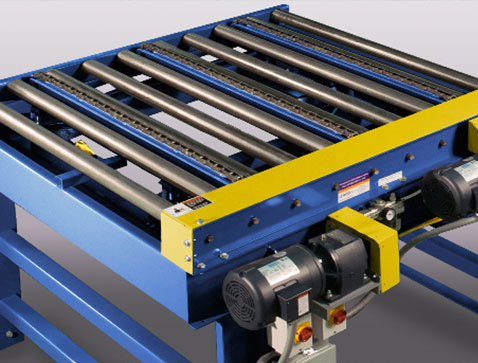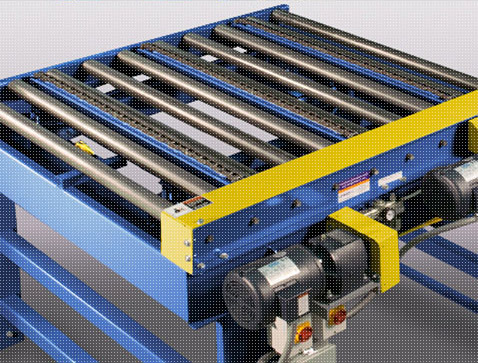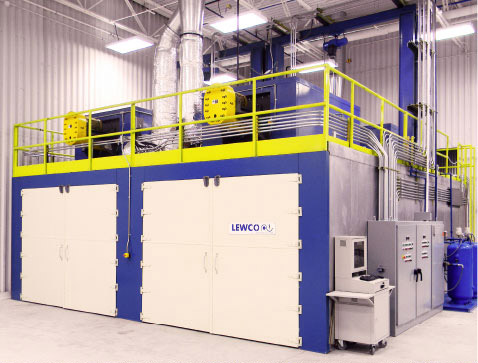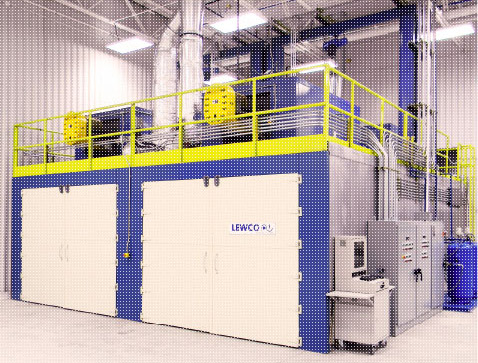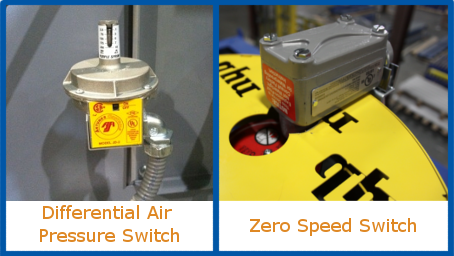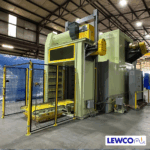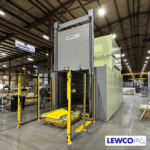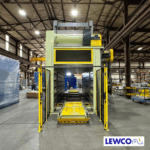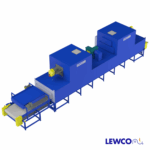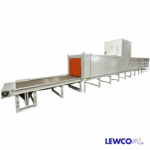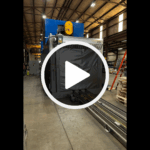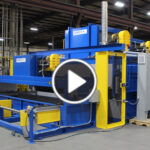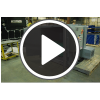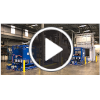Proving Airflow: Zero Speed Switches vs. Differential Pressure Switches
A key component to any industrial oven is the safety interlock circuit. This circuit may be comprised of any number of different interlocks. An interlock is defined as any device that is used to prevent an undesired state in a machine or piece of equipment. The information contained in this article will focus on airflow interlocks as they relate to industrial ovens.
There are usually no more than three airflow interlocks on an industrial oven. These include the circulation airflow, the exhaust airflow and the combustion airflow. Not all ovens will contain these three circuits. Similarly, some ovens may contain more than these three circuits. LEWCO utilizes two different methods to prove airflow for safety interlock circuits. These two methods include zero speed switches and differential air pressure switches.
Zero Speed Switches
A zero speed switch is a device used to detect the presence of rotation in a shaft. In LEWCO’s application it is the shaft on which the fan wheel or impeller is mounted. The switch consists of a circuit card and a magnet assembly. The magnet assembly must be targeted at a ferromagnetic material or use a dedicated target wheel rigidly connected to the fan shaft. As the target rotates through the permanent magnet field, the distortion of the magnetic flux is sensed by a magneto resistive sensor. This produces a pulse which resets an internal timing circuit. As long as the timer does not time out, the contact stays energized or “closed.” If there is no change in the magnetic flux, the timer will time out and the circuit will open resulting in insufficient airflow, and ultimately a dropped interlock circuit.
Once set up, the zero speed switch is a stable, reliable design that requires very little maintenance. However, it carries the risk of giving a false positive signal and, as with all electronic components, it is prone to sudden failure. A false positive signal can be given if the fan wheel has been damaged or is slipping on the shaft. Further, zero speed switches do not sense rotational direction, so failure can also occur if the fan is running backwards.
Differential Air Pressure Switches
A differential air pressure switch is a device that utilizes differential air pressure to actuate an electronic switch at a pre-set actuation point. It may be used in many applications however, for industrial oven applications it is sensing a positive pressure versus ambient pressure (i.e. the differential air pressure). The switch itself is connected to two pieces of tubing. The inlet of one tube is pointed into the direction of airflow off a fan and the other tube is lead to ambient air. When the fan is not running, the ambient air pressure is equal in each tube resulting in open contact in the switch. When the fan is running, the switch senses positive pressure in one tube and ambient pressure in the second tube. As long as this differential air pressure is above the switch setting, the contact will close. This simple setup is less expensive than zero speed switches and is less prone to a false positive reading. However, it cannot be used in high temperature applications and it is sensitive to outside influences, such as high static pressure facilities.
Regardless of which method is used to prove airflow, it is important to verify the effectiveness of the circuit on a regular basis and immediately replace if there is a failure. Furthermore, disabling or tampering with any safety circuit may cause damage to your equipment and result in an extremely dangerous operating state.
We hope you found this information helpful! If you have questions about the safety interlocks on your LEWCO Industrial Oven, please give us a call at (419) 502-2780, or send us an email at ovensales@lewcoinc.com. Our applications engineers would be more than happy to speak with you!

